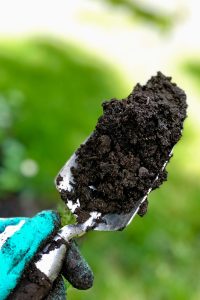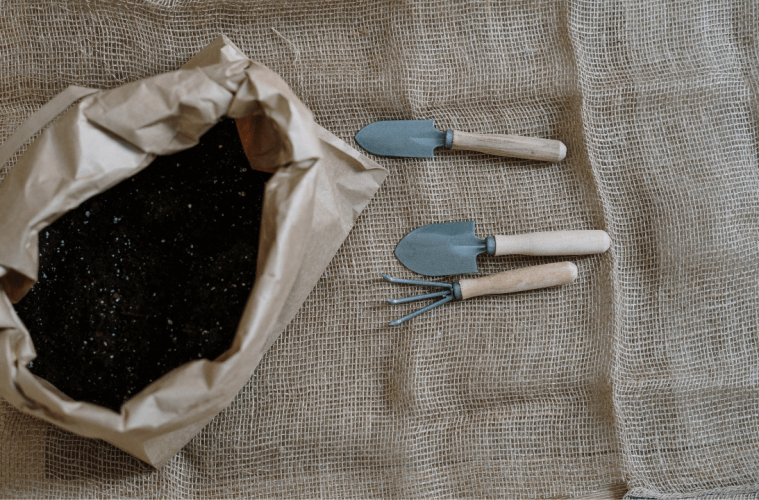Spring is one of the seasons that allows you to enjoy your time in the sun. It also allows you to spend more time tending to your garden.
So, why not help your plants thrive with some homemade compost?
Although you can purchase compost at your local store, it is more cost-efficient to make your own at home.
Lifestyle publication The Spruce lists everything you need to make your own compost in four simple steps.
Tools needed:
- Compost bin or container
- Shovel or pitchfork
Instructions:
1. Add green material
High in nitrogen, green material includes non-greasy kitchen scraps like coffee grounds, peelings, fruit cores, uneaten leftovers, and eggshells. It can also include weeds, leaves, grass clippings, and manure from barnyard animals (NOT from cats and dogs).
2. Add brown material
Brown materials, on the other hand, are high in carbon. These materials include cardboard, shredded newspaper, small branches, hay or straw, and wood shavings. “The ratio of nitrogen to carbon should ideally be 50/50 in your compost pile. So, for every bit of brown material you add, be sure to balance it with green material,” states the publication.

Pexels
3. Add water
Add moisture to your compost pile by adding water. If you add too much water, the pile will start to smell and become slimy. Therefore, it is best to have the pile damp and not dripping wet. “You will know that your compost pile is right if it becomes hot in the middle,” notes The Spruce. “Maintaining heat is important to sterilise the compost and kill the weed seeds or harmful bacteria that may be there. The heat is your proof that the ratio is working for your compost pile.”
4. Regularly turn the pile
Use the tools mentioned above to move the outer portion of the pile towards the centre by turning each scoop over as you go. Do so until the decomposing materials within the compost pile are exposed. Repeat every two to four weeks. “If your pile heats up, is adequately moist, and gets turned regularly, you should have usable compost in one to two months.”
Article orginally written and published by Jade Rhode for BONA
Feature image: Pexels


